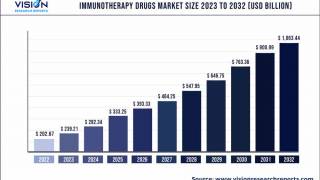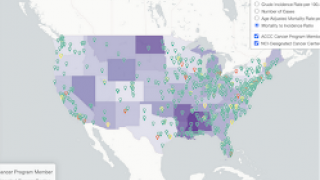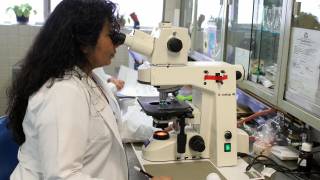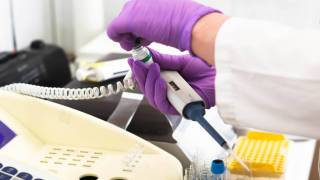HPV Vaccination Can Reduce Anal Cancer Rates

A new study published by researchers at The University of Texas Health Science Center at Houston (UTHealth) was the first to compare and categorize contemporary national trends in incidence of squamous cell carcinoma of the anus, which is a type of anal cancer.
This study found that anal cancer diagnoses, particularly advanced stage disease, and anal cancer mortality rates had more than doubled for people in their 50s and 60s.
These UTHealth researchers found that anal cancer rates and mortality increased by an average of 2.7 percent per year, suggesting it may be one of the leading causes of cancer incidence and mortality in the USA.
Nearly 90 percent of anal cancers are caused by the Human Papillomavirus (HPV), which is the most common sexually transmitted infection in the USA.
The study also revealed that new diagnoses among black men born after the mid-1980s had increased 5-fold when compared to those who were born in the mid-1940s.
The results were published in the November 19, 2019, issue of the Journal of the National Cancer Institute.
“It is concerning that over 75 percent of U.S. adults do not know that HPV causes this preventable cancer. Educational campaigns are needed to increase awareness about the rising rates of anal cancer and the importance of immunization,” said Ashish A. Deshmukh, Ph.D., MPH, the study’s lead author and an assistant professor at UTHealth School of Public Health, in a related press release.
A previous analysis published by Dr. Deshmukh and colleagues also showed that, of people who were vaccine-eligible or had vaccine-eligible family members, only 19 percent of men and 31.5 percent of women received recommendations for the vaccine from a healthcare provider.
The researchers analyzed data from all cancer registries in the U.S. and identified 68,809 cases of anal cancer and 12,111 deaths from 2001 to 2016.
Anal cancer occurs where the gastrointestinal tract ends and is different from colon or rectal cancer, due to the cell type and location where cancer develops.
Cancer of the anus is most similar to cervical cancer, a cancer of the tissue that lines a woman’s cervix.
The HPV virus is preventable through vaccination, but 50% of Americans are not vaccinated – setting up a potential wave of future infections leading to cancer.
The Centers for Disease Control and Prevention (CDC) recommends a 2-dose regimen for children starting the series before age 15 or a 3-dose regimen if the series is started at age 16 through 26.
“The vaccine can also be considered for individuals ages 27 to 45 based on shared decision-making, so it is important that adults speak with their health care providers about getting the vaccine,” Dr. Deshmukh said.
Since 2016, the Gardasil 9 vaccine has been the only HPV vaccine available for use in the USA.
Related HPV vaccine news
- HPV Vaccination Affirmed as ‘Safe’ Once Again
- AT-Home HPV Tests Significantly Increase Cancer Screening
- Canada Cutting Cancer Rates With HPV Vaccine
Other UTHealth authors of the study included Ryan Suk, MS, and Kalyani Sonawane, Ph.D. Meredith S. Shiels, PhD, from the National Cancer Institute; Alan G. Nyitray, PhD, of the Medical College of Wisconsin; Yuxin Liu, MD, PhD, and Michael M. Gaisa, MD, PhD, of the Icahn School of Medicine at Mount Sinai; and Joel M. Palefsky, MD, from University of California, San Francisco, were also co-authors.
The research was supported by the National Cancer Institute (NCI) of the National Institutes of Health (NIH) (R01CA232888 and UM1CA121947), and the NCI’s intramural research program.
HPV Cancer news published by Vax-Before-Cancer
Our Trust Standards: Medical Advisory Committee

























